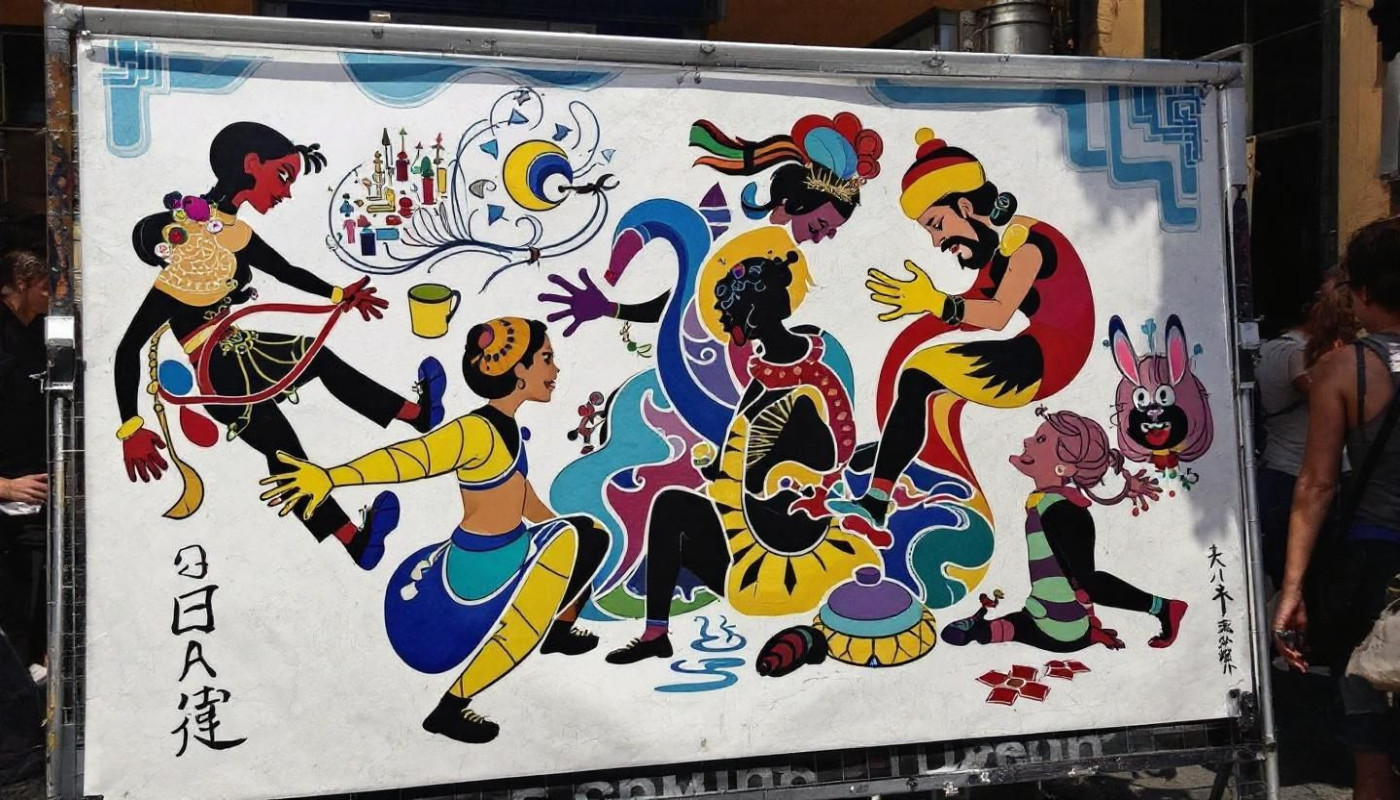Table of contents
Step into the evolving landscape of modern web design, where augmented reality (AR) and virtual reality (VR) are transforming digital experiences. These immersive technologies are no longer reserved for gaming or entertainment but are redefining how users interact with information and brands online. Explore the innovative possibilities and challenges that AR and VR bring to the web, and discover how they are shaping the future of digital interfaces.
Redefining user engagement
Modern web design is undergoing a transformation as augmented reality and virtual reality technologies reshape the landscape of user engagement. By integrating these immersive technologies, websites deliver interactive experiences that captivate users beyond what traditional interfaces can achieve. Augmented reality allows digital elements to be layered seamlessly over the real world, enabling users to visualize products in their environment, interact with 3D models, or receive real-time contextual information. Virtual reality, on the other hand, transports users into entirely simulated environments, fostering a unique sense of presence and exploration. Both approaches significantly increase session durations as users become more absorbed in the content and functionalities offered. Features like haptic feedback add a tactile dimension, making virtual interactions feel more tangible and memorable. These advances in user engagement not only strengthen emotional connections between users and content but also position brands at the forefront of modern web design innovation.
Expanding accessibility barriers
Integrating augmented reality and virtual reality into web design introduces notable web design challenges, particularly in the domain of accessibility. Devices required for immersive AR and VR experiences, such as headsets or advanced smartphones, can restrict access for users who lack the latest technology or who have physical or financial limitations. Visual impairments, from color blindness to low vision, further complicate interaction with AR and VR features, which often rely on complex visual cues and spatial elements. Ensuring inclusive design means that developers must go beyond basic visual considerations, addressing tactile and auditory feedback, alternative navigation methods, and compatibility with assistive technologies. Adhering to WCAG compliance is integral to creating solutions that work for all users, though translating these standards to immersive environments requires new approaches. Responsive design, customizable interface options, and clear audio descriptions can help AR and VR applications reach a broader audience while preserving interactivity. For further exploration of innovative and accessible AR and VR solutions in web design, visit https://swisstomato.ch/en/.
Boosting e-commerce innovation
Augmented reality and virtual reality are revolutionizing the e-commerce landscape by introducing immersive virtual showroom environments and interactive shopping tools. Through the use of advanced 3D rendering, shoppers in online retail environments can virtually try on clothing, visualize furniture in their homes, or examine gadgets from every angle, leading to a more informed and confident shopping experience. This technology allows brands to create personalized shopping journeys, guiding users through handpicked product selections and tailored recommendations based on real-time interactions. Enhanced visualization and engagement foster deeper consumer trust, directly impacting conversion rates as customers are less likely to abandon their virtual carts. Moreover, these innovations drive brand loyalty, as users are more likely to return to platforms that provide seamless, interactive, and memorable digital experiences. Incorporating augmented reality features and virtual showrooms into modern web design has become a defining strategy for retailers aiming to distinguish themselves in the competitive world of e-commerce.
Influencing design workflows
Integrating AR design tools and virtual reality into the web designer workflow is redefining every stage, from prototyping to deployment. Immersive web experiences demand new collaborative methods, as teams must work together across disciplines such as 3D modeling, interaction design, and user testing within virtual environments. The process introduces spatial interface paradigms, requiring designers to think beyond flat screens and consider depth, motion, and user perspective. Developing for these platforms involves mastering tools like WebXR, A-Frame, and ARKit, as well as learning to prototype interactive environments that simulate real-world engagement. These changes push for a broader skill set, blending traditional web aesthetics with technical fluency in immersive technologies, empowering designers to craft engaging, multi-sensory digital journeys that were previously unattainable.
Shaping the future of the web
The rapid integration of augmented reality and virtual reality technologies is set to redefine future web design, as digital trends move swiftly toward immersive technology-driven experiences. With the advancement of the WebXR API, developers gain direct tools to incorporate AR and VR features into browsers, removing barriers that previously limited interactive possibilities. As a result, users will come to expect seamless, multi-sensory interactions on websites, transcending traditional two-dimensional interfaces in favor of environments that feel engaging and lifelike. This evolution will push designers and developers to adopt new standards for usability, accessibility, and responsive design, ensuring that immersive experiences are intuitive and inclusive across devices. In turn, digital communication will become more dynamic, enabling richer storytelling and deeper brand engagement through interactive 3D content, virtual showrooms, or real-time collaborative spaces. The rise of future web design informed by immersive technology signals a significant shift in both the creative and technical landscape of the internet, urging professionals to anticipate and adapt to these transformative changes.









